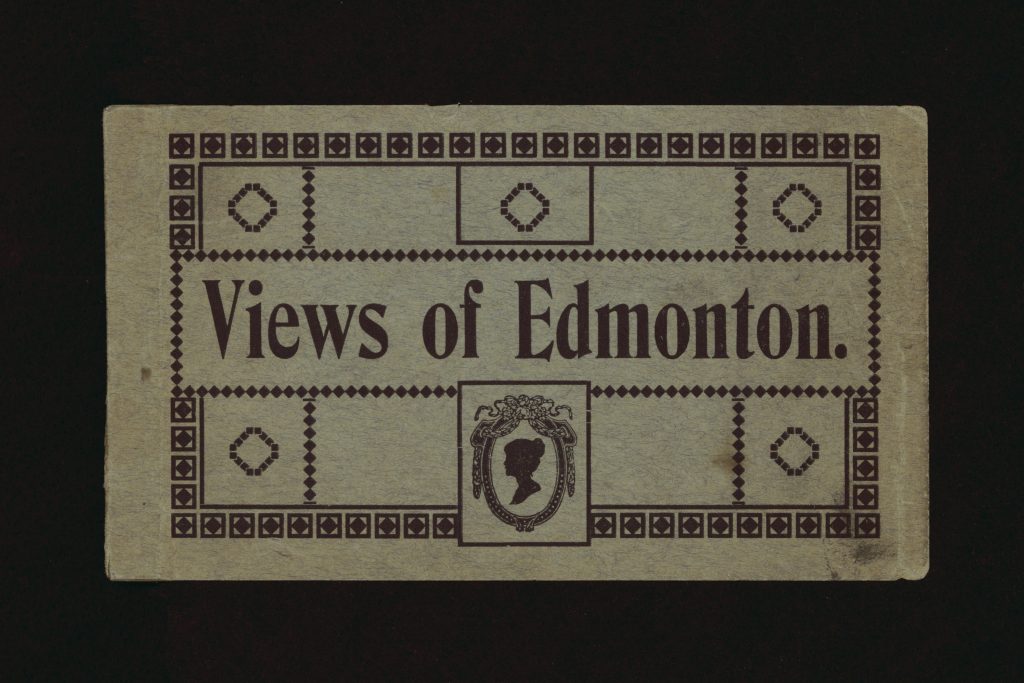Co-written with Joana Mazumder, Digital Initiatives Assistant; and Amanda Wakaruk, Copyright & Scholarly Communications Librarian.
As you may have already read in The Quad, the term length of copyright-protected works in Canada is changing due to the Canada-United States Mexico Agreement (CUSMA), effective December 30, 2022. The federal government’s Budget Implementation Act of 2022 extended the general term of protection from 50 years after the year of death of a work’s creator to 70 years.
What Does This Legislative Change Mean?
Now, under the new “life-plus-70” system, books and other creative works that would have entered the public domain at the beginning of 2023 will continue to be protected by copyright for an additional 20 years. This means that no additional works will enter the public domain for twenty years in Canada.
This two-decade extension was required under the terms of the Canada-US-Mexico (CUSMA) trade agreement and brings Canada’s copyright term inline with these trading partners. Delaying the entry of new works into the public domain will mean, however, that many writers’, musicians’ and artists’ creative works will likely stay inactive for a protracted period and might even be at risk of loss.

What Does Public Domain Mean?
When a work is no longer protected by copyright, it becomes part of the “public domain.” Once a work is in the public domain, none of the limitations or restrictions of copyright apply to the work. Works in the public domain can be used freely. For example: works of Mozart and Shakespeare are in the public domain and can be copied, modified, translated, performed, and remixed freely. Works in the public domain tend to inspire a lot of adaptations!
The vast majority of works enter the public domain after the term of copyright expires, through the passage of time.
For any authors who passed away in 1972, their work was supposed to enter the public domain this January 1st, 2023. For example, Lester B. Pearson died in 1972, so his works would have entered the public domain on January 1st, 2023 under the previous system, in which his works were protected under the Copyright Act for 50 years until December 31st, 2022 (1972 + 50 = 2022). However, because of the extension, they will now be protected until December 31st, 2042 (1972 + 70 = 2042) and enter the public domain on January 1st, 2043. Similarly, the works of J. R. R. Tolkein, who died in 1973, will remain copyright-protected until 2044.
This also means that for the next 20 years, no new works in Canada will enter the public domain. As much as the extension is intended to financially benefit Canadian copyright owners, the amendment will have a detrimental impact on academics, faculties, researchers and libraries.
How Will This Impact Instructors & Students?
- For the next twenty years, no new content will be added to the public domain in Canada, and instructors relying on no-cost reading lists will have access to a static pool of Canadian resources in the public domain.
- Everything in the public domain now will remain that way; you can still continue to use existing public domain materials without fear of copyright infringement.
- To fill in any gaps, consider using the library’s materials and reading list services.
- To maintain low-cost or no-cost reading materials, consider an Open Educational Resource.
How Will This Impact Researchers?
- Researchers who collect data from articles, journals and books will have no new public domain materials for the next 20 years.
- When preparing to publish your findings, researchers must be careful to calculate the extension period before using third-party content in publications.
- If using copyright-protected materials, analyze the material and seek permission if necessary.
- When ready to share your work, remember that the default law applies, but there are different ways to open up your work.
How Will This Impact our Library’s Digital Collections?
- Once a book is in the public domain, libraries can freely digitize it and make it widely available online. This is especially important when the copyright holder is hard to find, making it difficult to ask for permission. With the extension, there will be fewer materials suitable for digitization.
- We’ll continue making content available through, and supporting the use of, the library’s digital collections.
- We’re working on adding public domain marks to more materials, at the item level, so it’s easier for users to understand how they can be used.
For More Information
We understand that for the next 20 years, doing the “maths” on public domain calculations will be a bit tricky, but we have put together a few resources to help you learn about it:
- To learn more about this legislative change, see Copyright Office Director Adrian Sheppard’s post in The Quad: Reconsidering the Copyright Bargain: the impacts of the CUSMA term extension
- For information about your digital collections, see the Digitization Rights page
- To help you calculate the public domain, see the Copyright Office’s Public Domain Flowchart
- To get help with your copyright questions, contact the Copyright Office
- The Canadian Association of Research Libraries’ Statement Addressing the Impact of Copyright Term Extension in Canada and Term Extension FAQ
